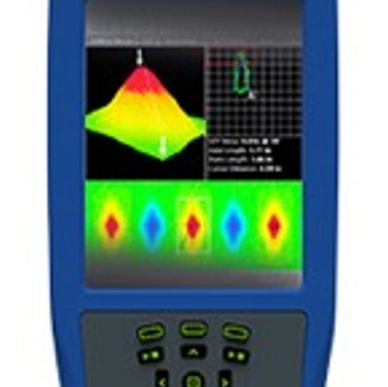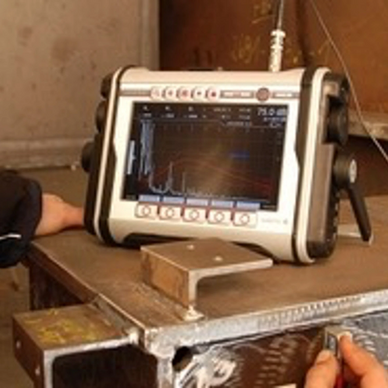Signed in as:
filler@godaddy.com
Signed in as:
filler@godaddy.com

Eddy current testing is a non-destructive testing (NDT) inspection method used for a variety of purposes, including for flaw detection, material and coating thickness measurements, material identification and establishing the heat treatment condition of certain materials.

Ultrasonic inspection uses a piezoelectrictransducer connected to a flaw detector, which in its most basic form is a pulser-receiver and oscilloscope display. The transducer is passed over the object being inspected, which is typically coupled to the test object by gel, oil or water.

A thickness gauge is an essential quality assurance tool when anodizing, galvanizing and applying zinc coating to metallic surfaces.

.

Liquid penetrant (LPI) and magnetic particle (MPI) inspection techniques are methods that supplement visual inspection, revealing defects such as fine cracks or micro-porosity that would be invisible or difficult to detect by the naked eye.

Remote visual inspection is a non-destructive testing technique that employs the use of remotely operated cameras and crawlers in order to assess the integrity of components and infrastructure in areas that are too dangerous or remote for direct human intervention.

XRF is an elemental analysis technique that can quantify many elements in a sample.
We love our customers, so feel free to visit during normal business hours.
Today | Closed |

Copyright © 2024 We Brands Group - All Rights Reserved.
Powered by Maroselli
We use cookies to analyze website traffic and optimize your website experience. By accepting our use of cookies, your data will be aggregated with all other user data.